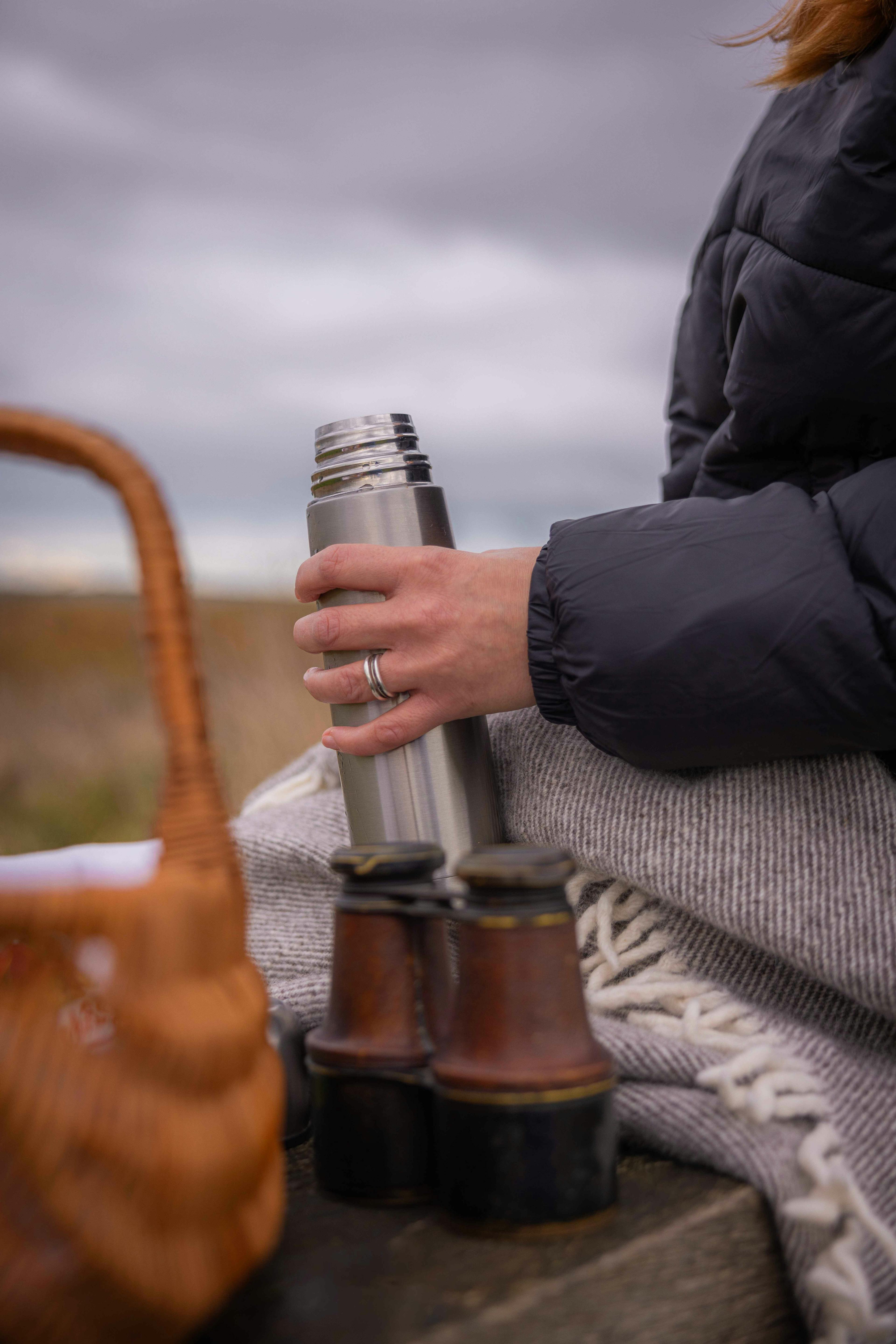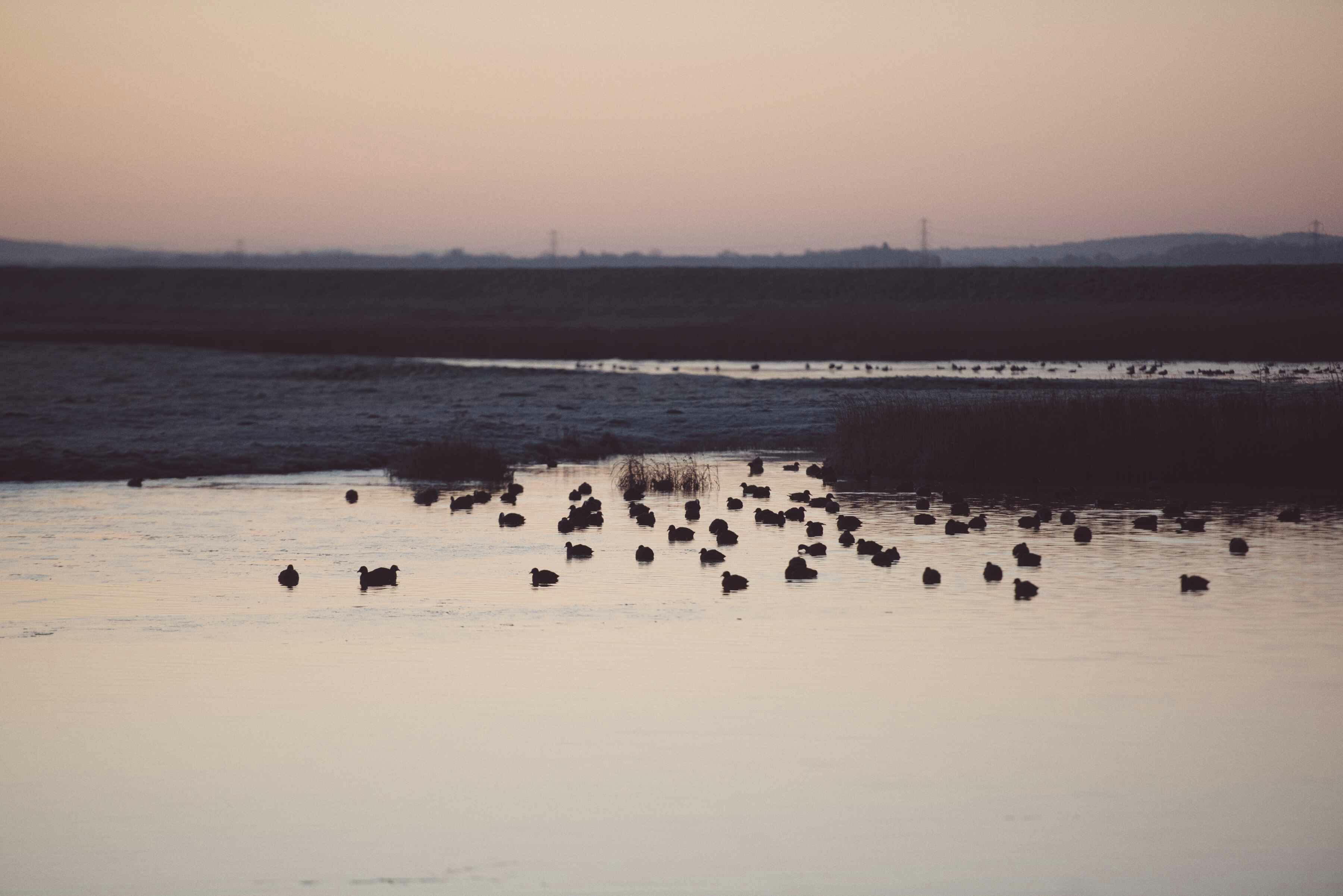- 15/12/2023
Explore a winter full of wonder on the Reserve
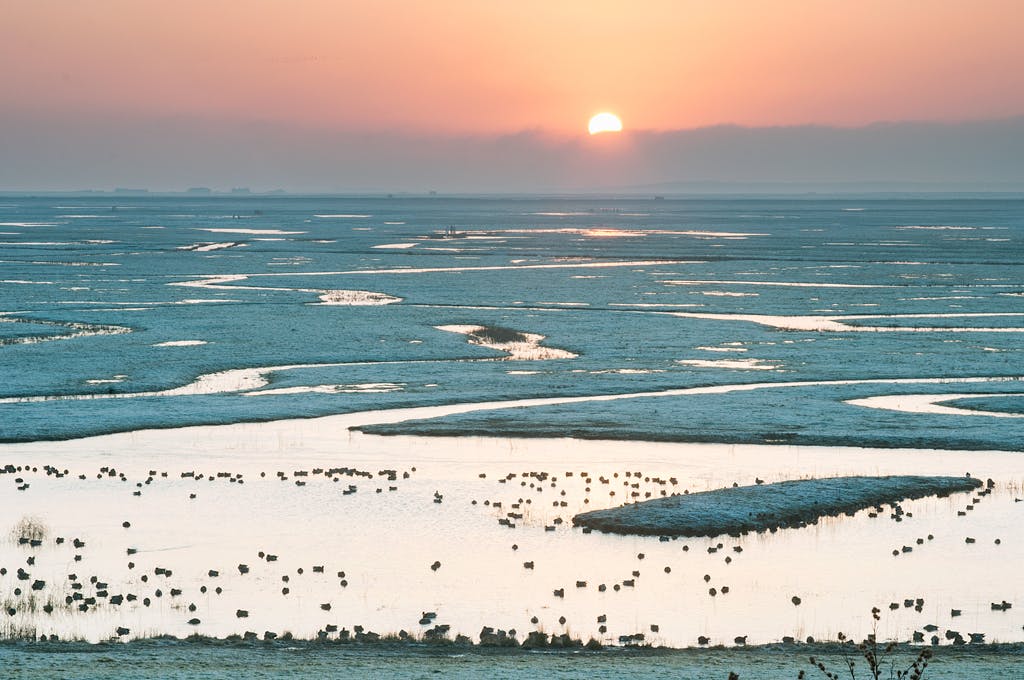
While the winter months bring with them the innate feeling that it’s time to hide away or hunker down, here at Elmley something awakens. We enter a season alive with birdlife and magic to behold that’s not so much to do with a mystical man in a red suit, but does involve fascinating visitors from the North Pole region.
Winter can be the most atmospheric time to wander here at Elmley and a wonderful time to encounter our wildlife, as misty mornings on the marsh clear to reveal water meadows encased in shimmering hard frost and vast and orange skies. Decades of nature restoration promise a veritable bounty of birds, as the Reserve offers welcome refuge for wintering species.
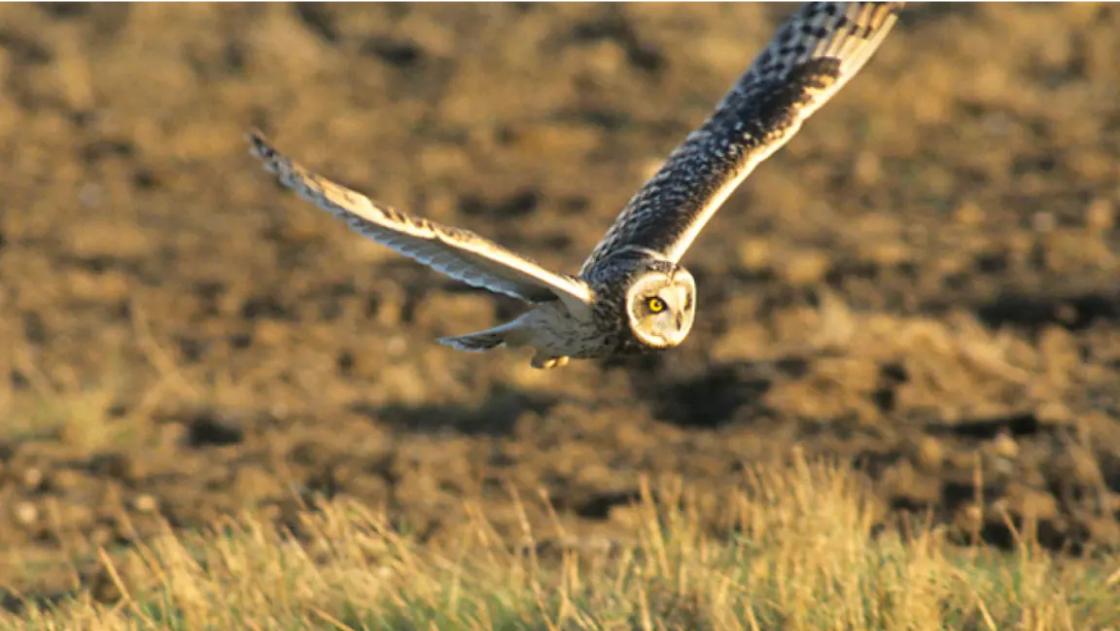
Ever-present in some capacity on the Reserve, from December to February, our owls are as abundant as they are awe-inspiring.
It’s a time when you might catch a glimpse of our resident barn owls and little owls with ease, as the shorter days draw them out during daytime hours.
Spying our pair of long-eared owls can be a trickier matter and for the best chance of seeing them we’d recommend booking a tour, where you’ll have the support of expert advice and equipment to help you seek them out.
But this season one of the things we’re most excited about are the vast numbers of short-eared owls that have arrived on the Reserve. While they do occasionally breed here, they are predominantly an arctic distribution owl, which means their core breeding range is within the arctic circle. Their movement depends on the food available and a poor year for lemmings and voles in their arctic breeding grounds sees them pushing further south, demonstrating the international importance of nature restoration sites like Elmley.
This December we already have 25-30 short-eared owls at Elmley, here thanks to the ample opportunity to hunt.
One of the charms of the short-eared owl is the likelihood of spotting them during the day. Owls born in the arctic, with almost twenty-four hour daylight are diurnal, or attuned to hunting in daylight, increasing the likelihood of seeing these majestic birds on a day visit or tour.
Viewing the short-eared owls can be incredibly accessible here at Elmley in the winter, with visitors often having to venture no further than Kingshill Farm to see them.
We expect to maintain these exciting owl numbers through until late January, before they start to thin out across February, with many of the British breeding owls beginning to fly north to their breeding grounds around Valentine’s Day.
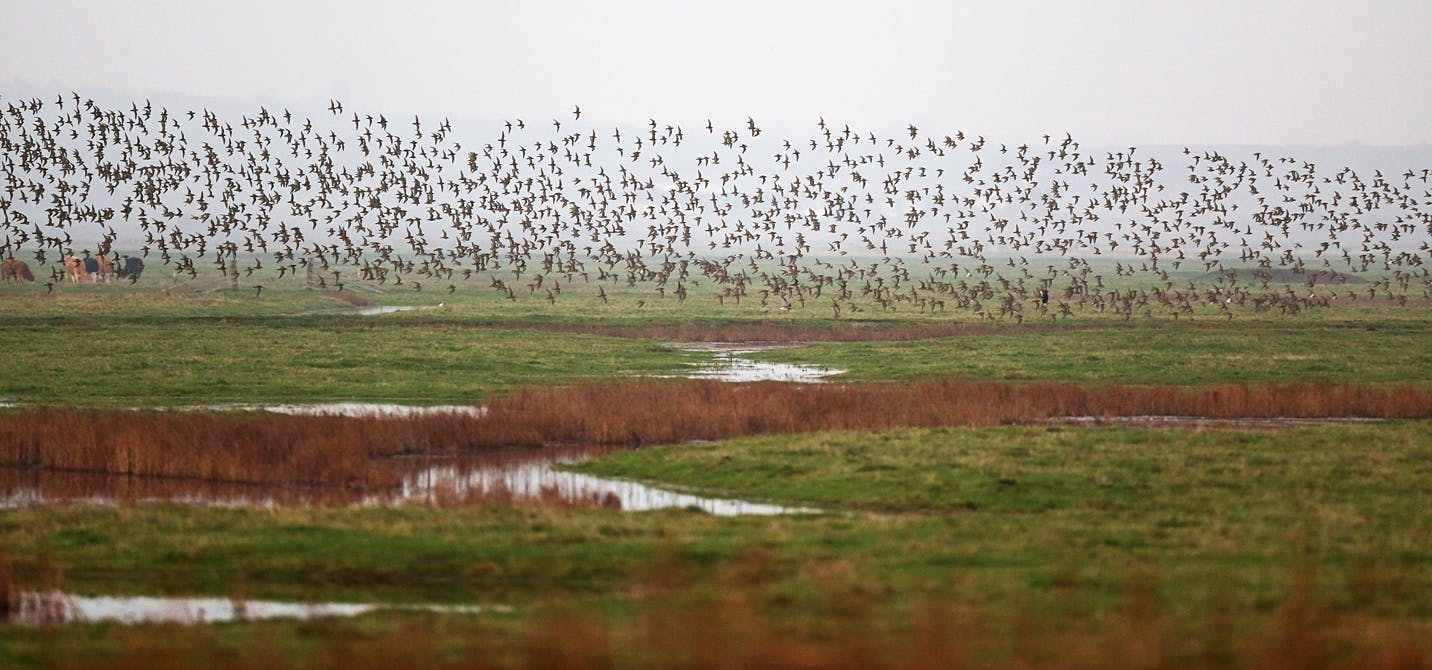
Of course, it’s not just peak season for the owls. In these winter months our big skies are also filled with the sight of large numbers of wildfowl and waders. Flocks of wigeon and teal arrive having migrated from the east, coming from central Russia and north eastern Europe, journeying over 1500 miles to winter here on the marsh until early April. These big gatherings in turn attract the birds of prey, with Elmley providing one of the best probabilities of seeing daytime birds of prey in the UK due to their high density.
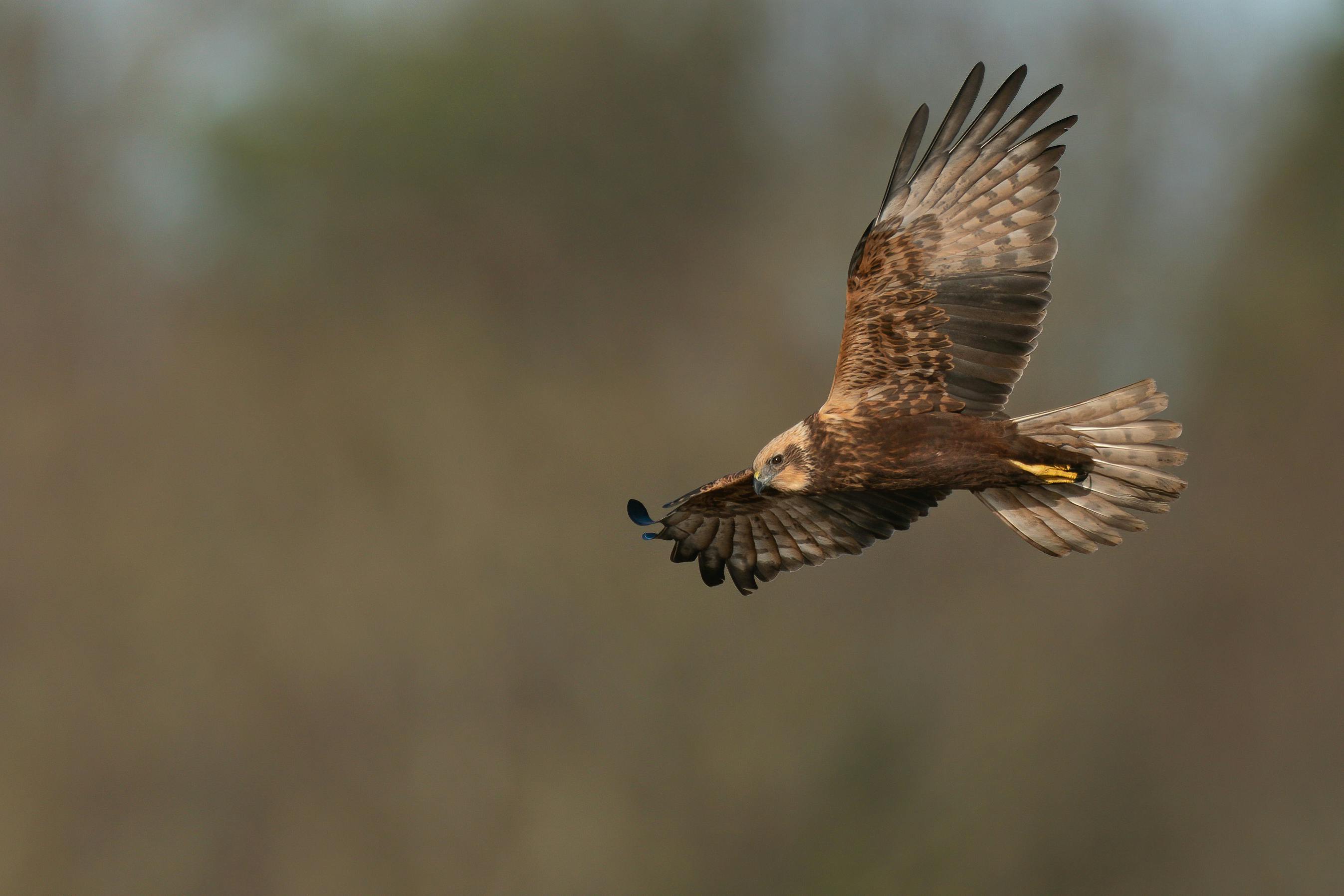
Our wild expanses are home to marsh harriers here all year round, but in December and into early January, they roost in the reeds here, creating easier opportunities to see them on our tours, or on foot from Kingshill Farm if you are willing and able to walk far enough to see them. Once extinct in the UK marsh harriers their numbers have been increasing since the 1970s, particularly in the East of England, with well over 100 marsh harriers counted at the Roost, Elmley offers a unique opportunity to see this impressive bird of prey in such numbers.
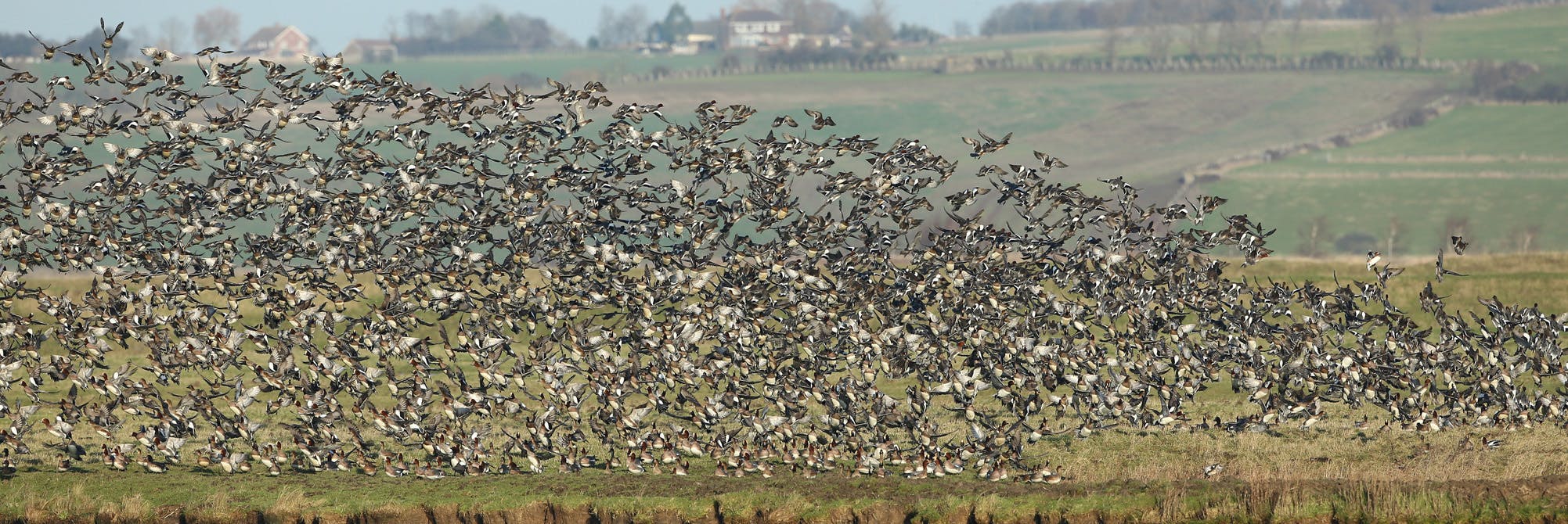
Our Landrover tours provide access to parts of the Reserve that often lie undiscovered, impossible to venture out to during the winter months. We look and listen for the bittern and bearded tit, who can be found in the brickfields reed bed and got out to the Spit End along the far eastern side of the reserve, where we can see snow bunting. Amazingly hardy birds, these irregular winter visitors to the reserve, again pushed south by hard wintering in the arctic, are one of the highlights of the tours at the moment and are likely to be with us until the end of February.
Some winter’s seasonal treats are reserved just for our overnight guests. Early in the morning before the gates are open, they can enjoy the spectacle of flights of widgeon and geese as they cross from north to south across the Swale. It’s an amazing daily sight as they travel each dawn to the estuary to feed, from where they are roosting on The Dray, the old channel that once separated Elmley from Sheppey.
